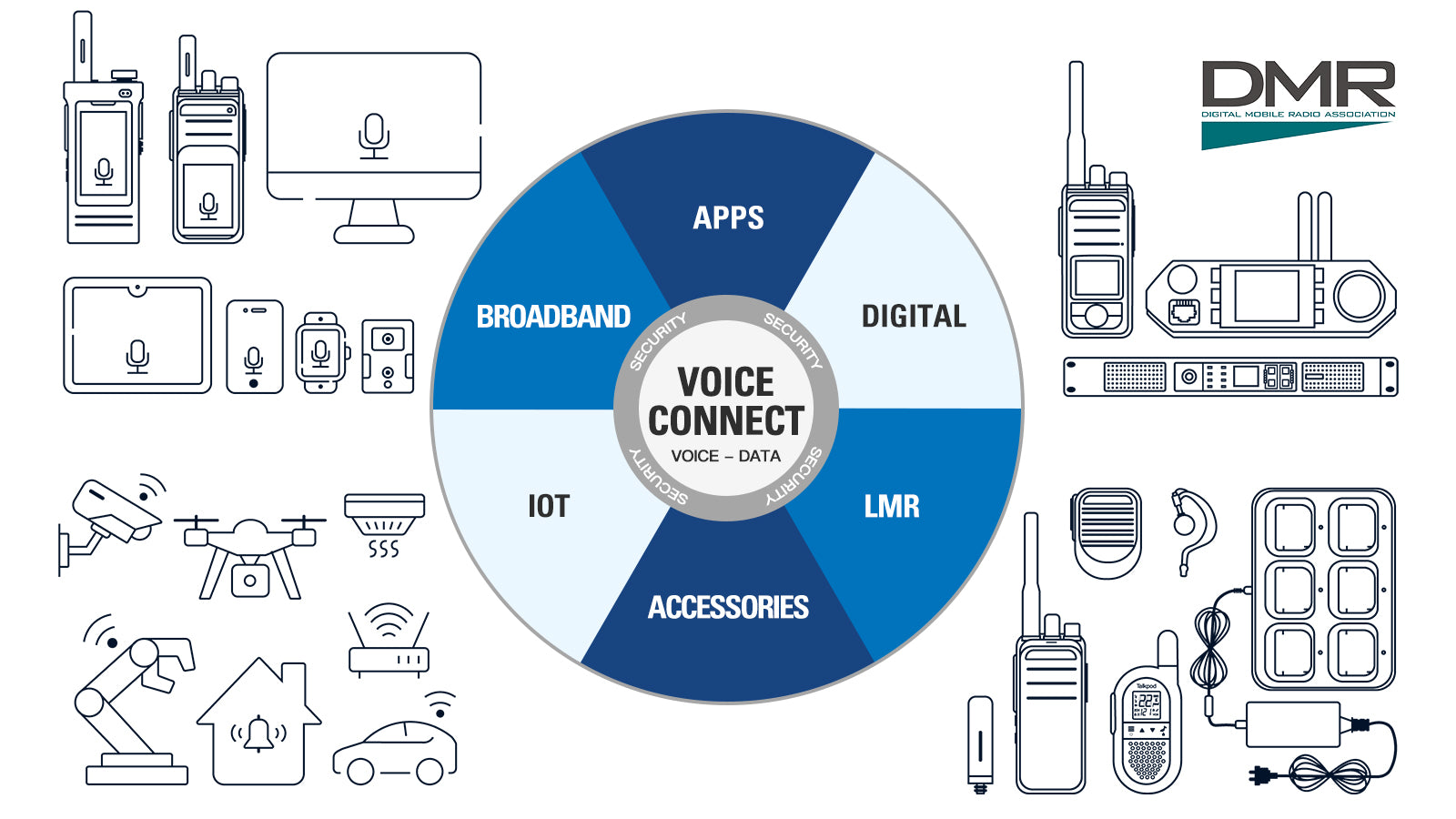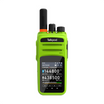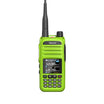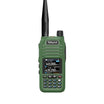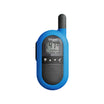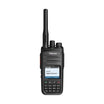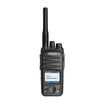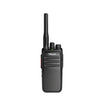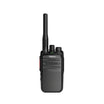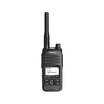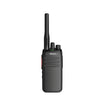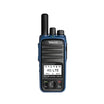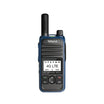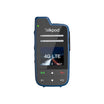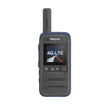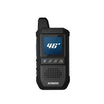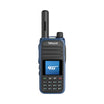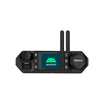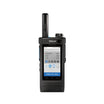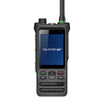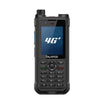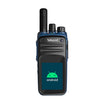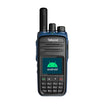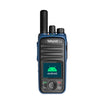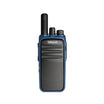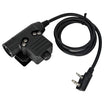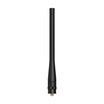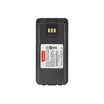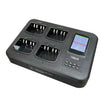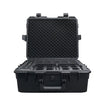A dead spot, in the context of radio communication, refers to a specific area where the signal from a radio transmitter is weak or non-existent. This phenomenon leads to a significant reduction in communication quality or a complete inability to receive signals.
Causes of Dead Spots
Dead spots can be caused by various factors, including:
- Physical Obstructions: Buildings, hills, and other large structures can block or weaken radio signals.
- Distance from the Transmitter: The farther away from the transmitter, the weaker the signal becomes.
- Interference: Other electronic devices or competing signals can disrupt radio communications.
Impact on Communication
Dead spots are problematic in critical communication scenarios like emergency services, security operations, and large industrial complexes where consistent coverage is essential.
Solutions for Mitigating Dead Spots
- Repeater Installation: Enhancing signal strength in areas with weak coverage can be achieved by installing repeaters that amplify and retransmit signals.
- Antenna Optimization: Positioning antennas strategically and using higher quality antennas can improve signal reception.
- Technology Upgrade: Switching to digital radio systems can provide better coverage and clearer communication, reducing the impact of dead spots.
- Site Surveys: Conducting thorough site surveys helps identify dead spots, allowing for targeted solutions like adjusting the placement of transmitters and receivers.
Conclusion
Understanding and addressing dead spots in radio communication is crucial for maintaining effective and reliable communication channels, especially in critical operations. With the right strategies and technologies, the impact of dead spots can be minimized, ensuring seamless communication across all areas.


